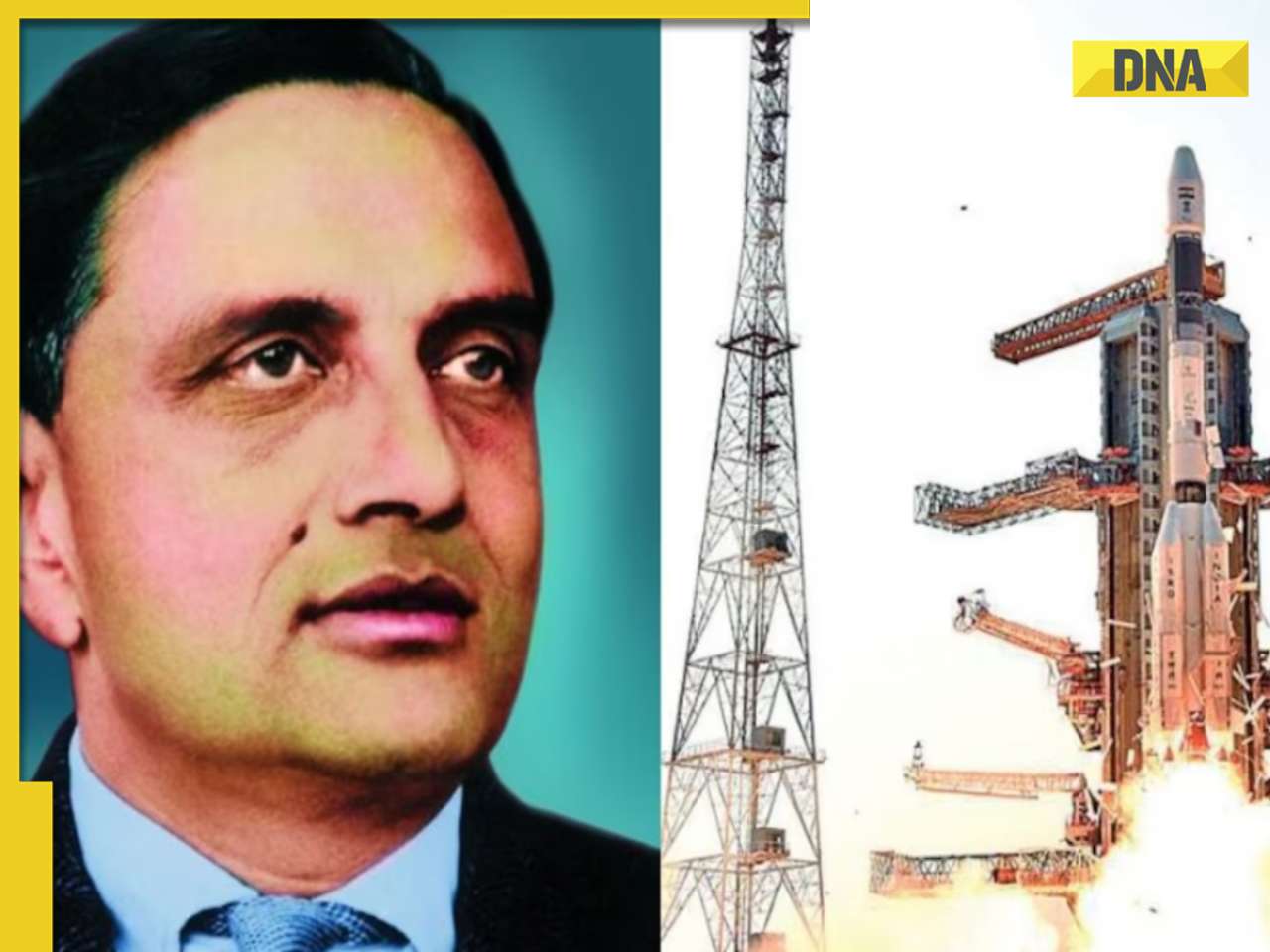
A lover of the arts, he also co-founded the Darpana Academy of Performing Arts in Ahmedabad with his wife, the renowned dancer Mrinalini Sarabhai in 1949.
Dr Vikram Sarabhai is often called the ‘Father of the Indian Space Programme’. He played a key role in setting up the Indian space agency, known as the Indian Space Research Organisation (ISRO) and served as its chairman.
Sarabhai helped establish several important institutions in India, such as:
§ The Physical Research Laboratory (PRL) in Ahmedabad
§ The Indian Institute of Management (IIM) in Ahmedabad
§ The Variable Energy Cyclotron Project in Kolkata
A lover of the arts, he also co-founded the Darpana Academy of Performing Arts in Ahmedabad with his wife, the renowned dancer Mrinalini Sarabhai in 1949.
Sarabhai passed away from unknown reasons on December 30, 1971, in Kerala, just after he had opened the Thumba Railway Station earlier that day.
Vikram Sarabhai was born into a rich industrial family on August 12, 1919. His father, Ambalal Sarabhai, founded Calico Mills, one of the oldest textile mills in Ahmedabad, which operated for more than a hundred years. He finished his schooling in Gujarat and started studying at Gujarat College. However, he left to attend the University of Cambridge in the UK, where he earned a degree in Bachelor of Arts in natural sciences in 1940.
Because of the strict World War II restrictions, Sarabhai returned to India. He worked on cosmic rays—high-energy particles that can come from the sun or other celestial sources, sometimes reaching Earth’s atmosphere, which prevents them from being dangerous—with physicist CV Raman at the Indian Institute of Science (IISc.) in Bengaluru. While cosmic rays are mostly harmless on Earth, they can be harmful to astronauts due to increased radiation exposure in space.
Eager to earn a doctorate, Sarabhai went back to Cambridge in 1945 and successfully defended his thesis, titled ‘Cosmic Ray Investigations in Tropical Latitudes’, in 1947. That same year, at 28, he returned to India and founded the Physical Research Laboratory (PRL) in Ahmedabad. He received support from charitable trusts and industrialist friends to keep working on cosmic rays. The institute, known as the ‘Cradle of Space Sciences’ in India, remains one of the top research centres in the world for space and related sciences.
With a strong interest in industry, he also founded the Ahmedabad Textile Industry’s Research Association that same year. Recognizing the need for management and business education in India, Sarabhai established the IIM-A in 1962, using Harvard Business School as a model.
Sarabhai was involved in setting up several other projects and institutions, including:
o Operations Research Group (ORG)
o Nehru Foundation for Development in Ahmedabad
o Community Science Centre in Ahmedabad
o Fast Breeder Test Reactor (FBTR) in Kalpakkam
o Electronics Corporation of India Limited (ECIL) in Hyderabad
o Uranium Corporation of India Limited (UCIL) in Jaduguda, Jharkhand
He served as the chairman of the Atomic Energy Commission of India from 1966 to 1971 and is recognized for continuing the important work of Homi Bhabha and helping to establish India’s nuclear power plants.
ISRO and Its Legacy
After the Soviet Union launched the Sputnik satellite in 1957, the focus of the physics community turned to space sciences. Many countries increased their efforts to develop their own space programmes. In India, Sarabhai and his colleagues wrote to Prime Minister Jawaharlal Nehru, urging him to start a space programme. This initiative became known as the Indian National Committee for Space Research (INCoSpaR).
At INCoSpaR, Sarabhai collaborated with Bhabha to establish India’s first rocket station in Thumba, located near Thiruvananthapuram in Kerala. This station was called the Thumba Equatorial Rocket Launching Station. India’s first sounding rocket was launched there on November 21, 1963, which is about 700 kilometres from Sriharikota.
In 1969, INCoSpaR was reorganized and renamed ISRO. Sarabhai played a key role in developing India’s first satellite, Aryabhata, which was launched in 1975, four years after his death.
Sarabhai frequently worked with foreign space agencies to make space more accessible to people in India and to develop the Indian space programme. In the 1970s, he signed an agreement with NASA to use their satellites for broadcasting educational programmes to over 5,000 villages in India. Sarabhai’s legacy remains strong today in both the Indian space programme and the nuclear programme, which emphasise developing homegrown technologies, just as he had envisioned.
The lander of India’s Chandrayaan-2 and Chandrayaan-3 missions was named Vikram in his honour. Additionally, the Vikram Sarabhai Space Centre (VSSC), ISRO’s facility for rocket development, is located in Thiruvananthapuram. A crater on the moon, located at Mare Serenitatis (or the Sea of Serenity) and visible from Earth, is named the Sarabhai Crater in his honour.
(The author of this article is a Defence, Aerospace & Political Analyst based in Bengaluru. He is also Director of ADD Engineering Components, India, Pvt. Ltd, a subsidiary of ADD Engineering GmbH, Germany. You can reach him at: girishlinganna@gmail.com)
Disclaimer: The views expressed above are the author’s own and do not reflect those of DNA)
Find your daily dose of news & explainers in your WhatsApp. Stay updated, Stay informed- Follow DNA on WhatsApp.
